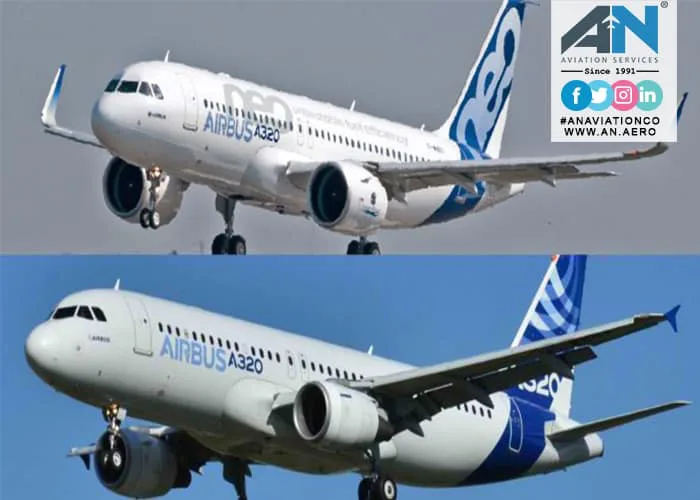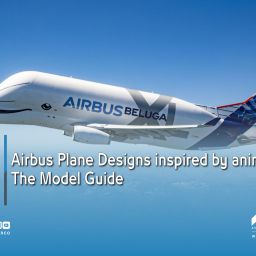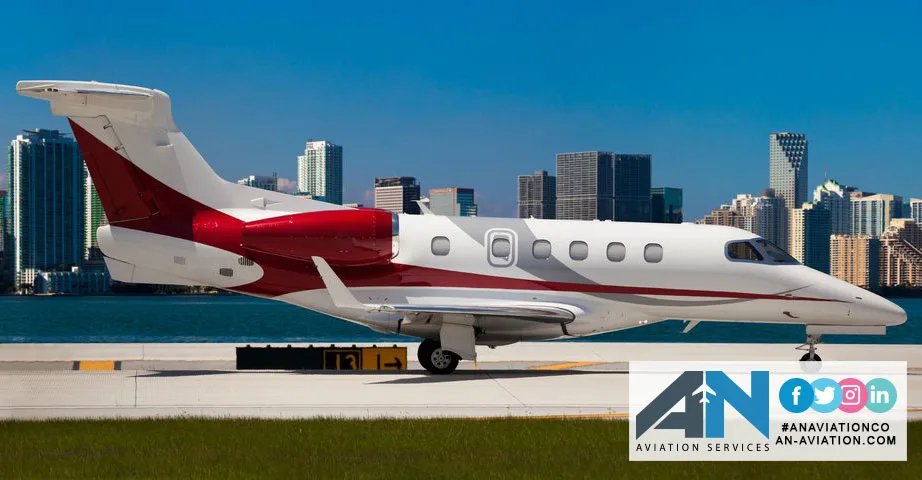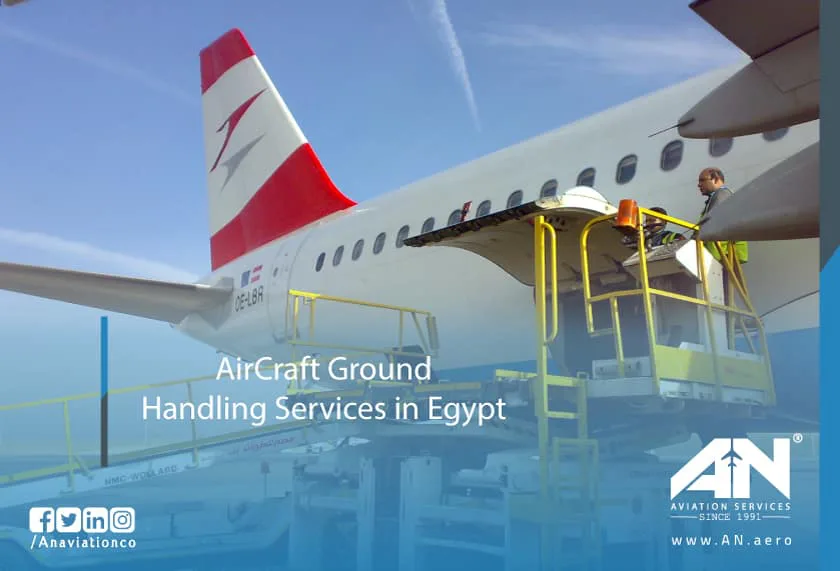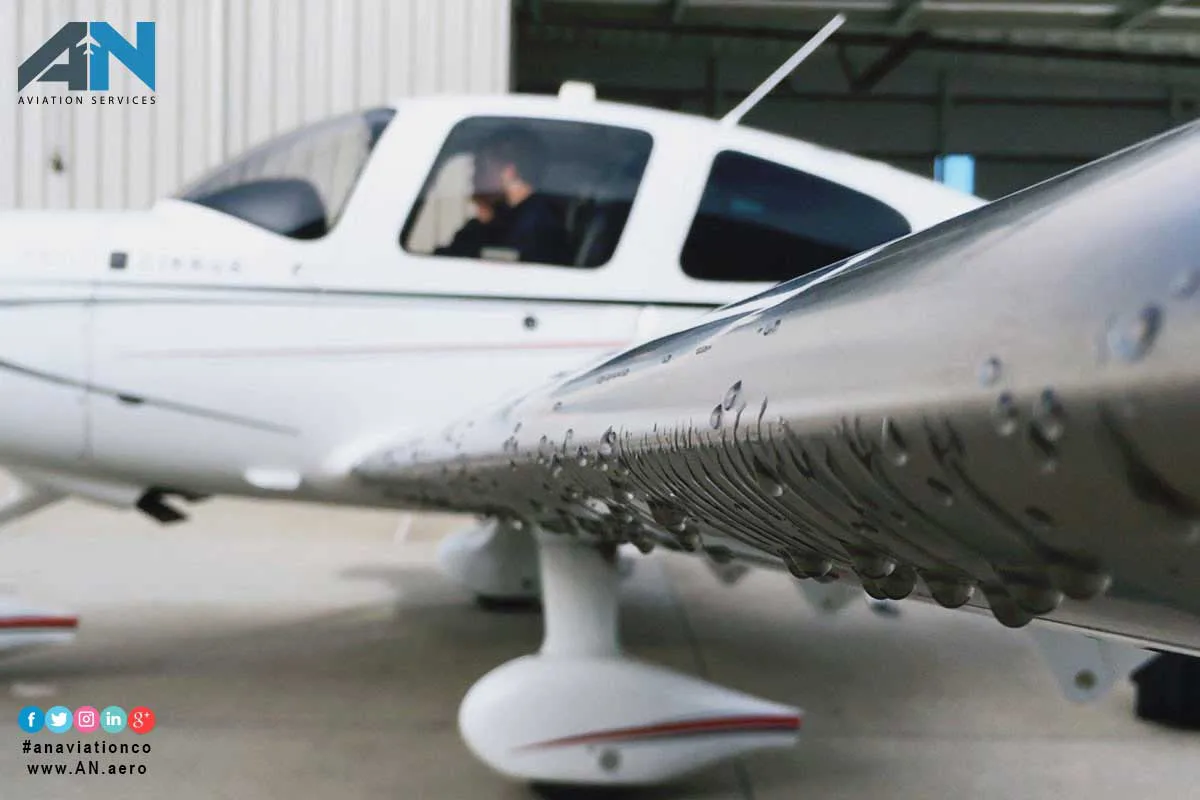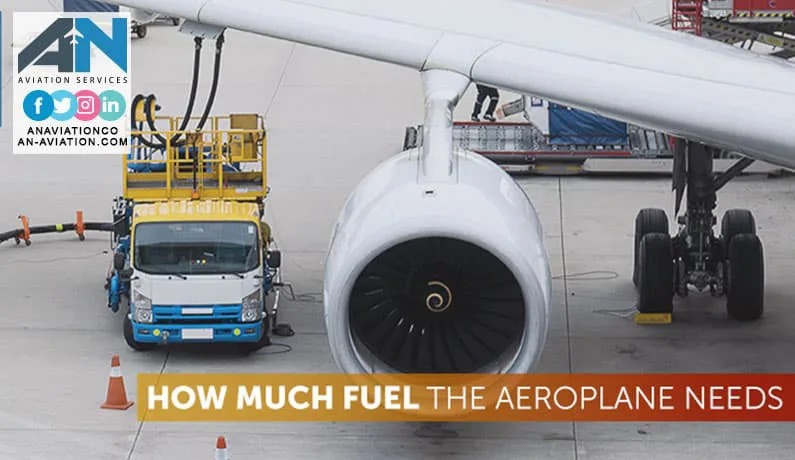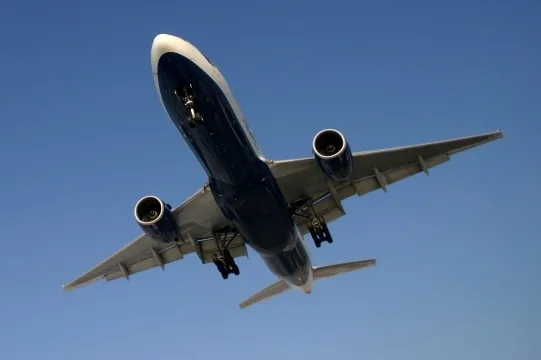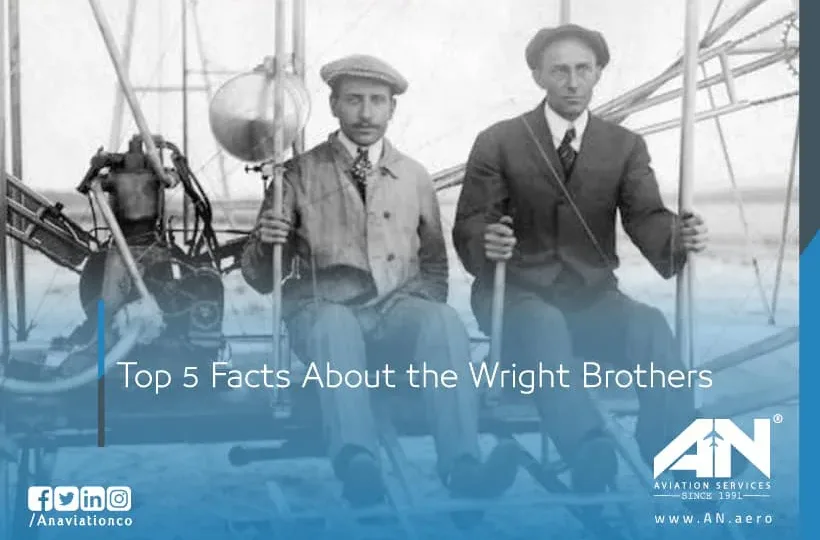
When you think about the pioneers of aviation, Orville and Wilbur Wright, better known as the Wright Brothers, are the names that instantly come to mind. These two visionary brothers changed the course of history by creating the first successful flying machine, paving the way for modern aviation. Their story is one of curiosity, determination, and innovation, inspiring countless dreamers and inventors across the globe.
The Wright Brothers invention, the 1903 Wright Flyer, made its historic flight on December 17, 1903, in Kitty Hawk, North Carolina. But there’s so much more to their story than just that monumental achievement. Let’s dive into five fascinating facts about these aviation legends that showcase their brilliance and dedication.
1. A Childhood Full of Curiosity
The roots of the Wright Brothers’ invention can be traced back to their childhood in Dayton, Ohio, where they grew up in a supportive and curious household. Born to Susan Catherine Koerner and Milton Wright, a minister with the United Brethren in Christ, the brothers were encouraged to explore and tinker from a young age.
Their father brought home a simple toy—a rubber band to twirl a small flying device—and this sparked the brothers’ early fascination with flight. The boys, along with their sister Katharine, often worked on various projects, which helped nurture their creative and problem-solving skills.
Despite their innovative minds, neither Orville nor Wilbur completed formal college education, yet their curiosity and determination propelled them to achieve what seemed impossible: human flight.
2. The Role of Kitty Hawk
The Wright Brothers chose Kitty Hawk, North Carolina, as the testing site for their flying experiments for a reason. The location offered strong, steady winds, soft sandy terrain for safe landings, and a secluded area to work without distractions. It was here, on December 17, 1903, that the brothers made their historic flight with the 1903 Wright Flyer.
Their achievement was modest by today’s standards—their first powered flight lasted only 12 seconds and covered a distance of 120 feet. However, this event marked the beginning of a new era in transportation and technology. The moment Orville lifted off the ground, the dream of controlled, powered flight became a reality.
3. An Engineering Feat of Genius
The Wright Brothers invention wasn’t just about building an aircraft—it was about solving the complex challenge of controlled flight. The brothers approached the problem methodically, conducting countless experiments and learning from failures.
One of their most notable breakthroughs was the development of “wing warping,” a technique for controlling an aircraft’s movement in the air. This innovation allowed the 1903 Wright Flyer to steer effectively, making it the first truly functional flying machine.
The brothers also built their own wind tunnel in Dayton, Ohio, to test their designs, an unprecedented step for their time. Their ingenuity laid the foundation for modern aerodynamics, and their work continues to influence aircraft design to this day.
4. Family Bonds and Their Sister Katharine
While Orville and Wilbur were the faces of their achievements, the Wright family played a crucial role in their success. Their sister Katharine Wright was a strong supporter, providing moral and logistical assistance. Katharine, a teacher by profession, managed the household and often mediated between the brothers, who were known for their fiery tempers and occasional arguments.
Katharine’s dedication didn’t go unnoticed. She even accompanied her brothers to Washington, D.C., and College Park, Maryland, to promote their work and advocate for their aviation innovations. In many ways, Katharine was the unsung hero behind the Wright Brothers’ success.
5. From Dayton to the World
Though the Wrights initially conducted their work in Dayton, Ohio, their impact quickly spread worldwide. By 1899, the brothers had already begun experimenting with gliders, laying the groundwork for their future breakthroughs.
After their success in Kitty Hawk, their fame grew exponentially. Orville and Wilbur demonstrated their aircraft to governments and influential figures around the globe, including events in Washington, D.C., and Europe. Their legacy was solidified with the establishment of early aviation infrastructure, such as the first military airfield in College Park, Maryland.
Both brothers left an indelible mark on the world: Wilbur Wright passed away on April 16, 1912, while Orville Wright lived to see the incredible advancements in aviation, passing away on January 30, 1948.
The Legacy of the Wright Brothers
The Wright Brothers didn’t just invent the first airplane; they created a legacy of innovation and determination that continues to inspire the aviation industry today. Their journey from crafting toys in Dayton, Ohio, to flying the 1903 Wright Flyer in Kitty Hawk, North Carolina, is a testament to the power of curiosity and perseverance.
Their contributions laid the foundation for modern commercial flights, military aviation, and space exploration. As we look to the future of flying, the spirit of Orville and Wilbur Wright reminds us that even the most ambitious dreams can become reality with enough ingenuity and effort.


